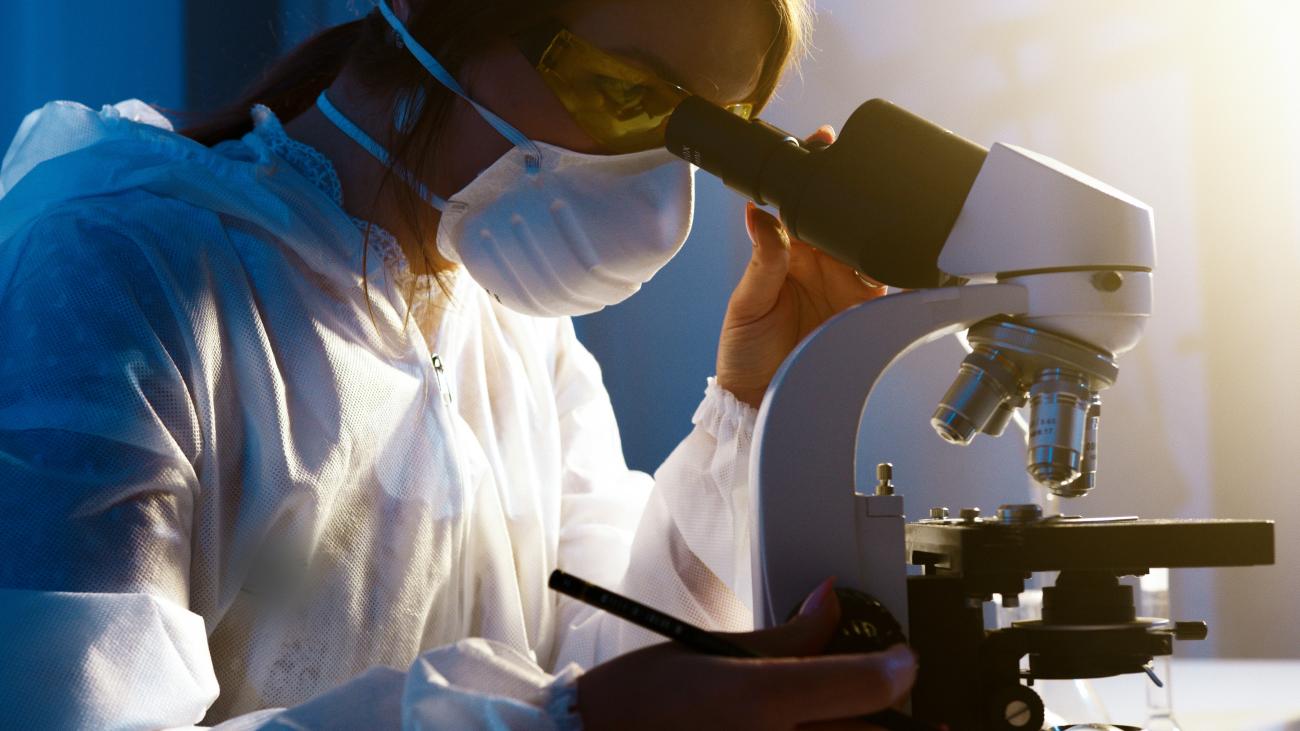Database providing access to the High Technology Network's industrial research offering: research competences, type of analyses and tests available at the Laboratories. Companies can consult the Catalogue to find Laboratories and researchers that match their needs.
Competence
Acoustic methods for solid food texture evaluation (cheese, watermelon, pasta, etc.)
Analysis of contaminants and allergens in raw materials and finished products, flavour analysis, analysis of simple and complex carbohydrates
Analytical methods for detection of allergens of vegetal origin and hidden allergens in food products
Analytical methods for detection of microbial contamination in food (bacteria, viruses, moulds, yeasts)
Analytical methods for the detection of nanoparticles (metal nanoparticles, nanofibres and nanocapsules) in raw materials and finished products
Analytical methods for the evaluation of the effects of industrial processing on nutritional value of foods
Carbon-based materials (graphene oxides, TPG, etc.)
Ceramic materials (oxides, nitrides, carbides, etc.)
Ceramic matrix composites and nanocomposites
Characterization of products of microbial origin: biomass, metabolites, natural antibiotics. Conversion and transformation processes of food an by-products
Characterization of soluble fibre in functional food
Colour analysis with destroing and non-destroying techniques
Combined stabilization strategies to enhance shelf-life and food safety
Corrosion: protection and inhibition
Cosmetics
Effects of packaging on the evolution of food microbial population
Elastomers
Extraction and analytical methods for nutrients and functional elements
Fast and non-destructive spectroscopic methods and chemometrics for food quality evaluation
Food decontamination and enzyme deactivation: high pressure homogenization, gas-plasma, pulsed electric fields
Food safety: analytical methods to evaluate the occurrence of toxic natural substances, process and environmental contaminanst
Glass and glass-ceramic materials
High resolution and solid phase nuclear magnetic resonance to assess food composition
Innovative strategies for microbial control: the use of natural antimicrobials and thermal treatments
Interaction between food microorganisms and gut microbiota
Magnetic materials both bulk and nano
Magnetorheological fluids
Marker identification for the instrumental detection of desired or undesired microflora: set up of markers or indicators
Materials of natural origin and derived (wood, paper, cellulose, fibers, etc.)
Materials with self-diagnostic and self-healing properties
Metal matrix composites and nanocomposites
Metals: ferrous alloys (steel, cast iron)
Metals: non-ferrous alloys (aluminum, copper, nickel, titanium, magnesium, etc.)
Micro-nano materials functionalized
Microbial analysis, challenge tests, instrumental analyses
Microbial response to environmental stress: optimization of microbial performance
Microbial strain selection for food production: enzymatic, physiological, and genetic characterization
Microbial strain selection: technological characterization
Microbiological activity in food: risk analysis
Modulation of microbial growth and shelf-life evaluation as a function of formulation and storage condition

